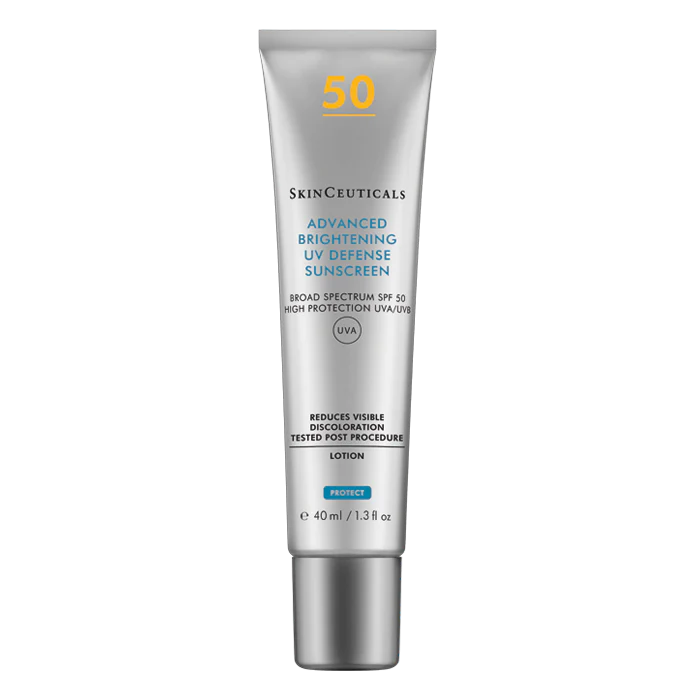Introduction
Many people notice a pattern: cradle cap as a baby, acne in the teenage years, sensitivity or rosacea as an adult. These stages may seem unrelated, but they share a common thread — inflammation and a fragile skin barrier.
The Early Sign – Cradle Cap
Cradle cap is an early imbalance between natural skin oils and surface microbes. For some, this sets the tone for skin that overreacts to normal triggers later in life.
Teenage Acne
Hormones increase oil production, pores clog, and the skin’s immune system flares. The same barrier sensitivity that caused cradle cap now fuels inflammation beneath the surface.
Adult Rosacea
Years later, stress, diet, alcohol, or heat can reactivate the same pathways. The skin becomes red, reactive and easily flushed — the immune system still over-responding to everyday stressors.
The Common Thread
Each stage reflects inflammation and imbalance: the skin barrier becomes leaky, microbes shift, and the immune system stays on alert.
The Gut–Skin Connection
Your skin and gut are twin barriers. When the gut is balanced, it produces compounds that calm inflammation. When it’s not — due to antibiotics, stress or diet — inflammation spreads through the bloodstream and reaches the skin.
What You Can Do
-
Repair and protect your barrier with gentle, lipid-rich skincare.
-
Choose antioxidants and calming ingredients to reduce inflammation.
-
Support your gut with balanced meals, fibre and hydration.
-
Prioritise rest, regular sleep and stress management.
Why It Works
When the skin and gut are both calm, inflammation subsides. The result is clearer, steadier, less reactive skin — and confidence that lasts.
Closing line:
Your skin remembers everything you’ve been through — but with care, patience, and balance, it can learn to let go.
The Common Thread: Barrier Integrity and Inflammation
The barrier is not just a surface film; it’s a living structure of lipids, proteins and microbes that communicate constantly with the immune and nervous systems.
When the barrier is disrupted — by over-cleansing, stress, diet, or genetics — inflammation increases. Over time, chronic low-grade inflammation primes the skin for visible disorders, from cradle cap to rosacea.



















































